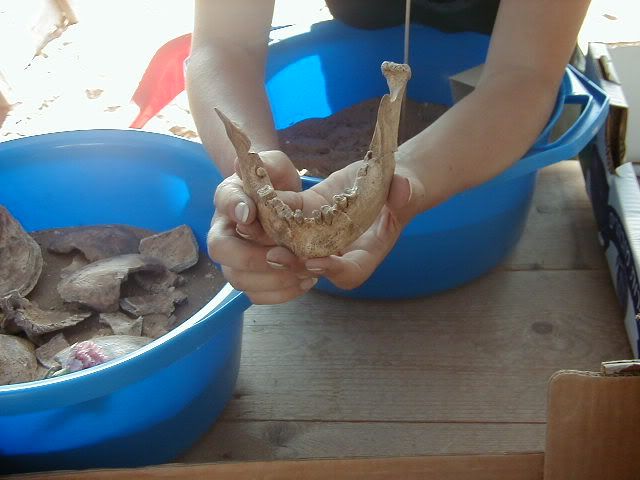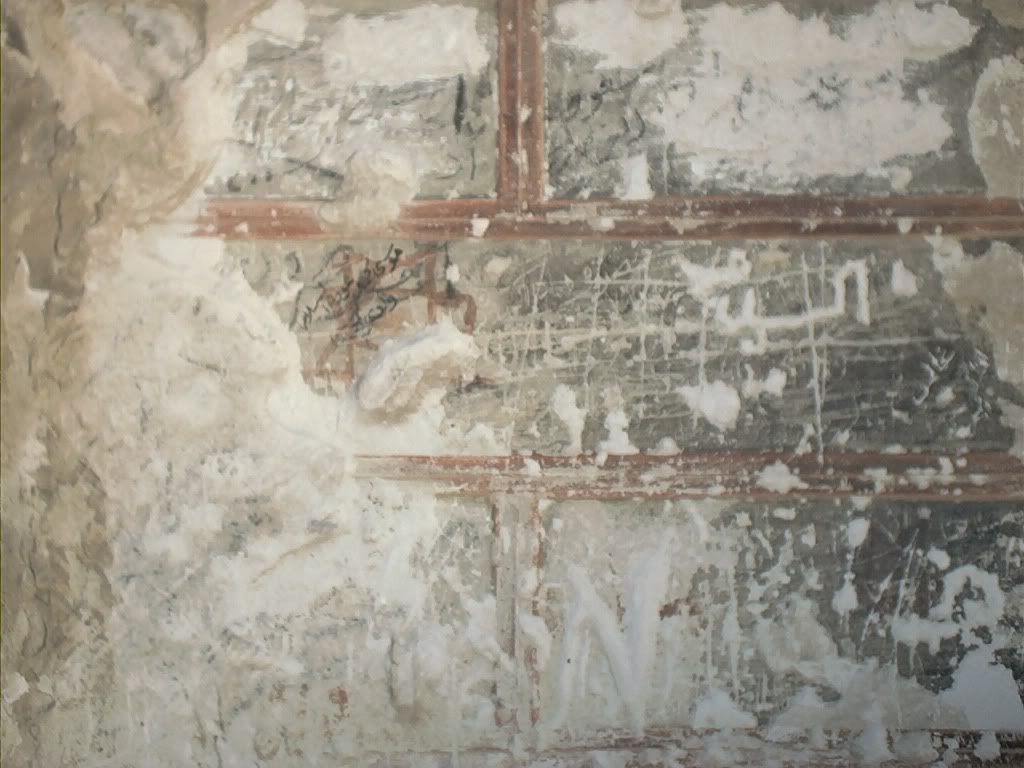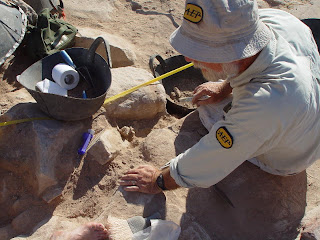Always in my mind I am looking forward to the next dig. When and where that will be I still do not know I only know that I long to go dig in the dirt.
There is a dig in Petra that I would love to finish but it looks like it will take a very long time before another university picks up the license to dig there. As I turn 70 on my next birthday I begin to wonder if I will get that chance. I am encouraged by having worked with others who were digging well into their eighties.
























































